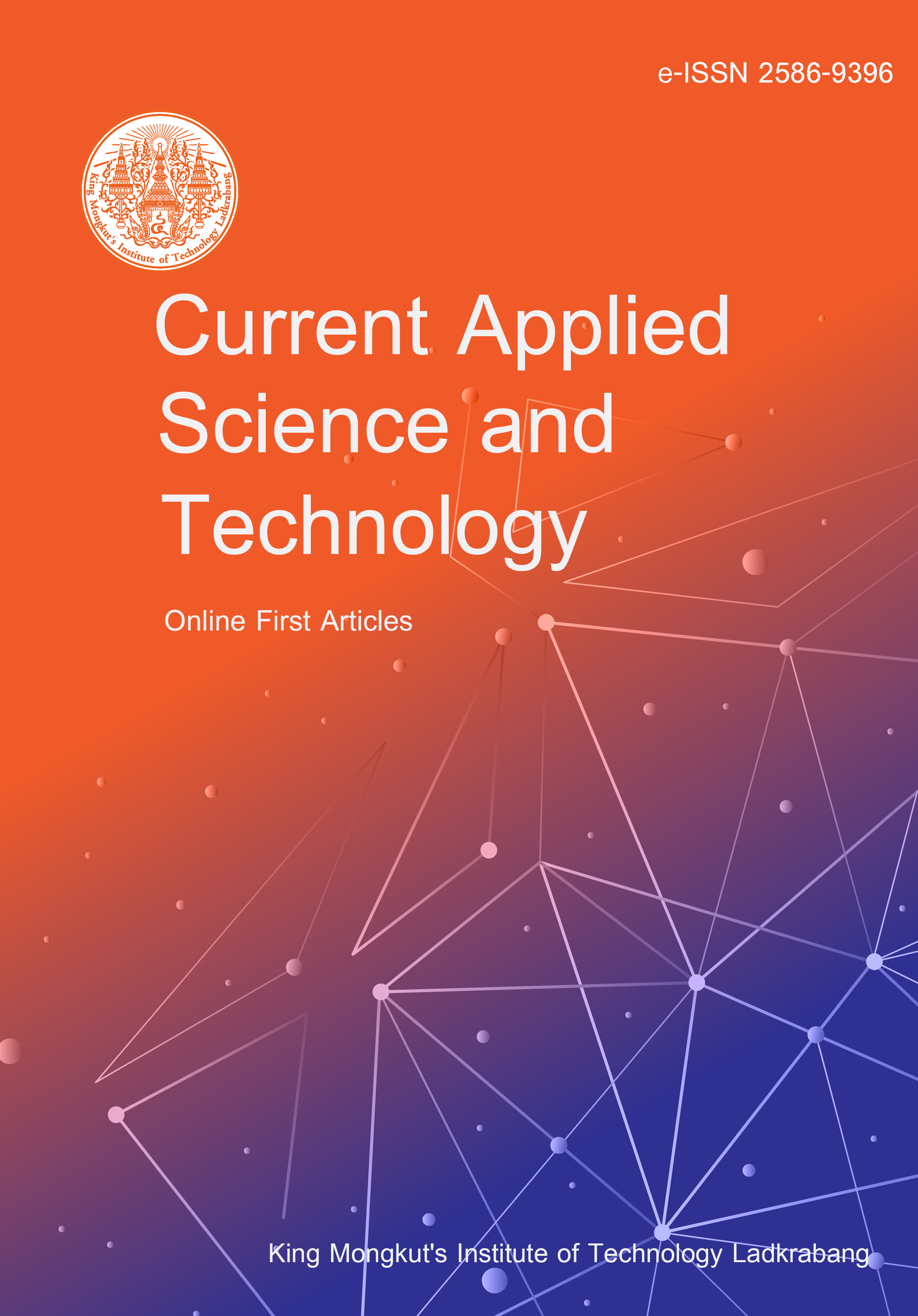Musa laterita (orange torch banana) holds ornamental and cultural value, yet its natural breeding potential is limited by sterility and low seed germination. Induced mutation through ethyl methanesulfonate (EMS) is a promising method to generate genetic diversity for plant improvement. This study aimed to evaluate the effects of EMS on M. laterita, focusing on tissue culture propagation, mutation induction, and genetic variation analysis. Tissue-cultured plants were exposed to varying EMS concentrations (100-500 mM) for 1, 6, and 12 h. Survival rates decreased with increasing EMS concentration and exposure time, with no survival at concentrations above 400 mM for prolonged duration. The optimal EMS concentration for mutation was found at 300 mM with 6 h of exposure, yielding significant morphological changes, including an increase in root length (5.99 cm), while pseudostem length showed an upward trend but was not significantly different from the control. Genetic variation was assessed using ISSR markers, with 47.24% polymorphism detected. The greatest genetic distance (51.02%) was observed between control and the treatment at 300 mM for 6 h, confirming the effectiveness of EMS in inducing genetic mutations. These findings demonstrate that EMS can induce useful genetic diversity in M. laterita, thereby offering a valuable resource for future breeding efforts aimed at developing improved ornamental cultivars.
Sonsan, L. ., Wiriyaampaiwong, P. undefined. ., Tankrathok, A. undefined. ., & Srisamoot, N. . (2025). EMS-Induced Genetic Variation and Morphological Changes in Musa laterita. CURRENT APPLIED SCIENCE AND TECHNOLOGY, e0264707. https://doi.org/10.55003/cast.2025.264707

